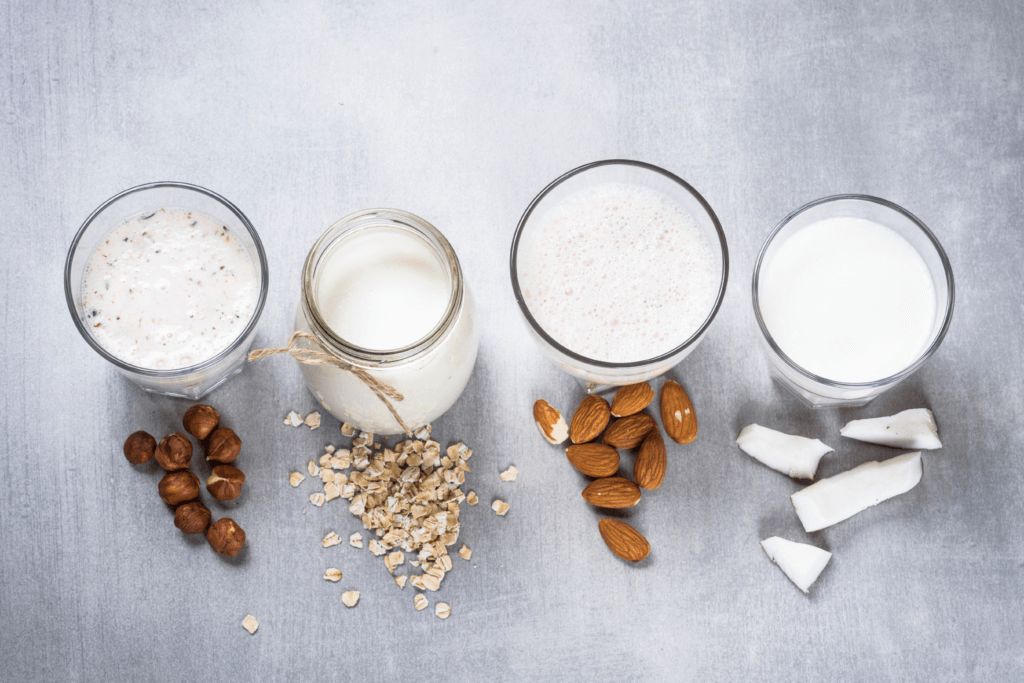Bone Health and Injury Prevention
November 29, 2021

Bone health is often something we don’t pay much attention to when we’re young. We don’t typically think about the importance of it until we age and the consequences become our reality. Unfortunately, in contrast, the majority of the impact that we have on our bone health occurs at a much younger age. In fact, we reach peak bone mass by the age of 19 to 20 years old. From age 20-40 we are just maintaining our bone mass at best. See this graph (figure 1) for a great visual.
Why is Bone Health Important?
When we aren’t supporting our bone health with the right diet, exercise, and lifestyle choices, we put our body at higher risk for injury, now AND in the future. Unfortunately, once bone is lost, we can’t make up for it after a certain age, potentially leading to conditions like osteoporosis (low bone density). Often times you may hear of an athlete or may have a friend that just keeps getting injured. When this is the case, it may be because their bones aren’t as strong as they should be for their age. This can often be due to an imbalance between nutrition, exercise, and lifestyle choices. Although not all injuries can be prevented, it’s important to note what we can do at a young age to optimize our bone health, prevent injury, and live an injury-free active lifestyle as we age.
Risk Factors for Sports Injuries and Poor Bone Health

Do you keep asking yourself, “why do I keep getting injured?”. Nutrition and other lifestyle factors play a huge part in building and maintaining strong bones. Oftentimes a lack of balance between your food intake and exercise can increase your risk for injury, especially recurring injuries. Here is a list of factors that can increase your risk for poor bone health and injuries:
- Your eating history: A history of disordered eating or an eating disorder.
- Low energy intake: This can be a result of the above, but it can also be totally unrelated. Those with busy schedules, a lack of accurate nutrition knowledge, and/or weight goals and/or fears.
- Your weight: A low BMI can increase your risk of having low bone health due to the above.
- Genetics: A history of injuries or poor bone health in your family can mean that you are at a higher risk for problems yourself.
- Your period health: If you’ve dealt with irregular or missing periods (keep in mind, birth control and IUDs can mask this!) now or in the past, this could be a warning sign that your bones aren’t as healthy as they could be. Where’s the link? Estrogen and bone density. When the menstrual cycle is disrupted, problems with bone metabolism can occur. This link was first reported as part of the Female Athlete Triad.
- Vitamin & mineral intake: Low calcium and vitamin D intake can hinder bone health. Calcium is essential for building strong bones and vitamin D is necessary to effectively absorb Calcium.
- Exercise choices: Yes, exercise is great for bones, BUT it can also be harmful. Overtraining or not giving your body enough rest can put your bones at risk. Read our other blog post to learn about Signs your Relationship with Exercise may be Leading to Overtraining and/or Underfueling.
Lifestyle Choices and Nutrition for Injury Prevention
So, what can you do to optimize your bone health and prevent future injuries? Consider the following:
Make sure your getting a healthy period.
A healthy period will often last for four or more days and come every 21-35 days. Keep in mind that birth control and IUDs can mask the signs of an abnormal period. Want to learn more? Check out our blog post on How Eating and Exercise Impacts your Period.
Eat enough calories.
You want to be sure that you’re not only eating enough calories (minimum for active women is often 1800-2000 calories), but also the right balance of macronutrients, which includes proteins, fats, and carbs.
Make a point to eat enough Calcium and Vitamin D.
Aim for at least 3 servings of dairy and/or non-dairy alternatives daily. If you’re not menstruating regularly or have a history of recurring injuries or osteoporosis in your family, aim for 4 servings per day.

Exercise in a way that SUPPORTS bone health.
Take rest days, don’t push your body regularly, and incorporate resistance training at least 2 days per week.
Work on your relationship with food and exercise.
Recurring injuries and poor bone health are often a result of disordered habits, lack of knowledge, and a resulting imbalance between food and exercise.
Our team of non-diet registered dietitians specializes in helping active women and men have a healthy relationship with food, exercise, and their body while they learn how to confidently fuel their active lifestyle. You can learn more about our nutrition services here.
[…] loss can help prevent disordered eating. For example, discussing how weight loss can lead to reduced bone density and increase risk of injury may be a motivating factor to avoid […]
[…] loss make up the diagnosis criteria for RED-S. Prolonged period loss in female athletes can lead to bone health issues such as bone mineral density loss and osteoporosis. As a result, fracture injury risk […]
[…] lesser known impact of HA is changes to your bone health. Without healthy levels of hormones in your body like estrogen, your bone density starts to […]
[…] you have been working for. Or, you seem to be losing muscle, recovery slowly, and are getting injured more easily. For others, you may constantly feel fatigued in the gym or during practice. It may be […]